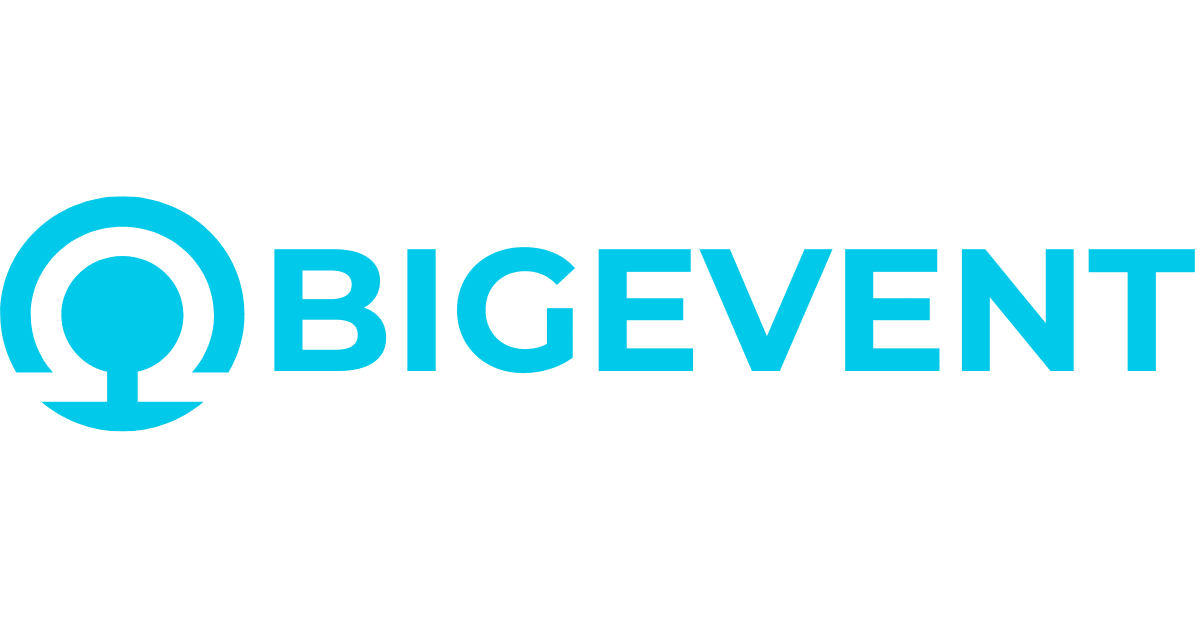A Flipped Classroom Application for Initial Teacher Education
Dönercan Dönük, Mersin University (Turkey)
Abstract
Taking its philosophy from constructivist approach, blended learning incorporates digital instructional materials into the conventional course applications. As an offspring of blended learning, flipped classroom applications facilitate self-regulated learning, in which the learning space is moved from the group towards the individual. Considering the shift from the traditional resources to the digital ones for the provision of input data, one can see that the former needs to be transformed into a new learning environment, in which higher order thinking skills such as applying, analyzing, evaluating and creating are utilized instead of lower level thinking skills, remembering and understanding as suggested in the revised version of Bloom’s Taxonomy ( 2001). Although there are countless applications of “flipped”, “reverse” or “inverted” classrooms, they mostly focus on teaching language through this new system. However, this study aims to introduce an application of a model for a flipped classroom at ITE ( Initial Teacher Education ) Programs, specifically, Teaching Young Learners Course, whose design includes a class procedure in two components. While one part covers the tasks to be carried out digitally by the learners, the other one includes the discussions and workshops based on these assignments. The aim of the course is to enhance theoretical knowledge through student interaction as stimulated activity in a synergetic and collaborative learning atmosphere. In this way, before the face to face learning takes place in a team, the course content is harmonized in the form of personalized learning. Moreover, as for the learner variables, the flexible time, place, pace and the opportunity of repetitive learning facilitate the personal experience of the involvement in the learning objectives before they are integrated into the classroom, thus enhancing the skills of problem based learning (Duch et al, 2001). At the end of the application, a semi-structured questionnaire was given. As the next step, some participants were asked to expand their views on the procedure, after which time they were interviewed for the focus group detailed information for triangulation. The qualitative data analysis has been used for the findings, which suggested that the course turned out to produce fruitful results.
keywords: blended learning, flipped classroom, initial teacher education
Anderson, L. W., Krathwohl, D. R., & Bloom, B. S. (2001). A taxonomy for learning, teaching, and assessing: A revision of Bloom’s taxonomy of educational objectives. New York: Longman.
Duch, B.J., Groh, S.E., & Allen, D.E. (2001). Why problem-based learning? In B.J. Duch, S.E. Groh, & D.E. Allen (Eds.), The power of problem-based learning (pp. 3-11). Sterling, VA: Stylus
 The Future of Education
The Future of Education





























